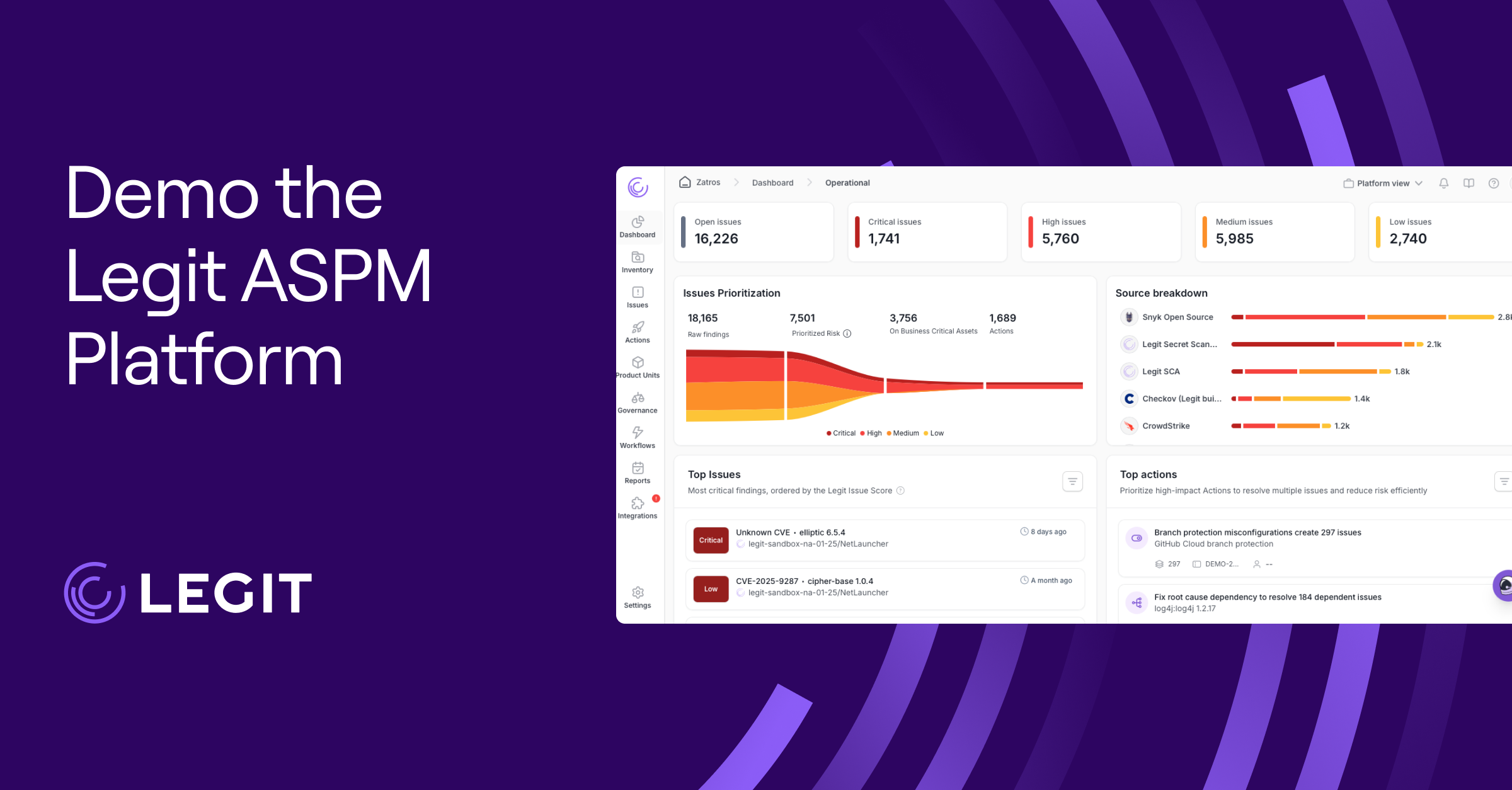From power grids to pipelines, much of modern infrastructure depends on industrial control systems (ICSs). Central to these environments are Supervisory Control and Data Acquisition (SCADA) systems, which connect physical equipment with digital oversight.
Integrating IT into operational technology (OT) has made things more efficient, but it also exposes OT systems to more advanced cyberattacks. As a result, securing them is a growing priority for protecting the world’s most critical infrastructure.
In this guide, we’ll explain SCADA systems security: what SCADA systems do, why they matter, the risks they face, and the best practices for keeping them safe.
What Are the Main Functions of SCADA Systems?
Before diving into threats and defenses, let’s take a step back and review what SCADA systems actually do. These industrial control systems combine hardware and software to monitor, control, and analyze processes central to critical infrastructure. Part of operational technology, SCADA systems support applications such as energy grids, water management, and advanced manufacturing. Here’s a closer look at its main functions.
System Monitoring
Sensors and field devices continuously monitor real-time conditions, such as temperature, pressure, flow rates, and equipment status. SCADA security tools might also watch for cyber threats, such as spoofed sensor data and command injection attempts.
Data Collection and Analysis
At the heart of SCADA is data acquisition. The information that sensors collect feeds into analytic platforms that evaluate system health and efficiency. For example, wind turbines with internet of things (IoT) sensors use SCADA data to detect anomalies and support predictive maintenance.
Reporting
SCADA systems generate reports that summarize current conditions, build historical models, and project future performance—insights that operators use to make informed decisions about system performance and reliability.
Supervisory Control
SCADA also allows operators to directly control equipment and system functions. This might involve starting or stopping processes, adjusting failsafes, or powering down assets. It’s important to note that because these commands control critical infrastructure, they also introduce risk. If compromised, SCADA environments could be exploited for attacks with widespread impact.
What’s SCADA in Cybersecurity?
SCADA cybersecurity focuses on ensuring that industrial operations run safely by reducing the risk of hacking and other threats. In the context of operational technology (OT), this means protecting a wide range of components, including programmable logic controllers (PLCs), communications protocols, historian databases, control servers, and human-machine interfaces (HMIs).
While securing such a wide range of industrial devices and data acquisition pipelines presents unique challenges, many of the defensive measures mirror practices already common in IT environments. Security for SCADA systems often relies on strong access control and authentication, combined with firewalls, network segmentation, and continuous monitoring. And by adding tools like intrusion detection systems and structured incident response plans, organizations strengthen their overall security posture and reduce vulnerabilities across their entire infrastructure.
Why Is SCADA Security Important?
The infrastructure managed by SCADA systems often plays a crucial role in the daily functioning of modern society. One example is the 2021 Colonial Pipeline ransomware attack, where hackers encrypted company data and demanded $4.4 million in bitcoin. The result was widespread panic as drivers formed long lines at gas stations, underscoring how severe the ripple effects of a single cyberattack can be.
This is just one way compromised operational technology can escalate from operational disruption to national or international crises. At a minimum, attacks on ICS security can cause economic and social instability. In the worst cases, they can threaten public safety and heighten geopolitical tensions. For this reason, SCADA cybersecurity is critical not only at the industry or local level but also to maintain safety on a global scale.
SCADA Security Challenges
SCADA systems face challenges that differ from the cyberthreats typical to other industries. While some of these issues appear in traditional IT environments, they’re often more common to—and severe in—SCADA use cases:
- Legacy and fragile stacks: Government agencies and industries often depend on outdated legacy systems that remain in use long past their secure life span. These stacks create persistent vulnerabilities, but they’re difficult to replace without major operational disruption.
- Sophisticated and evolving cyberattacks: Hackers leverage AI and other advanced techniques to launch increasingly targeted cyberattacks, raising the risk profile for SCADA environments.
- Perimeter erosion: Engineering teams and OEMs depend heavily on remote access for monitoring and maintenance. While efficient, this dependence widens the perimeter and creates opportunities for unauthorized access.
- Limited visibility: SCADA infrastructures often contain undocumented connections between platforms and redundant data flows. These blind spots obscure monitoring efforts and expand the overall attack surface.
- Safety and uptime constraints: SCADA industries typically can’t withstand prolonged downtime, where every second counts. One 2021 Amazon study estimated the cost of industrial downtime at more than $100,500 per minute, underscoring the high stakes of balancing security with operational continuity.
What Are the Best Practices for Security in SCADA Systems?
There are no foolproof methods to stop every cyberattack. Fortunately, organizations can reduce risk by following well-established best practices for security in SCADA systems, such as the following.
Segment Networks
Use network segmentation to create smaller subnets within SCADA systems. This helps enforce specialized access and isolate sensitive data. It also adds additional layers of firewalls and OT security checkpoints.
Maintain Asset Log
Maintain a live asset inventory that tracks every asset across SCADA systems, from software versions to IoT sensors and server hardware. Comprehensive visibility reduces the chance of items falling through the cracks, improves patching efforts, and strengthens overall defenses.
Set Up Automation
Leverage AI and automation to detect vulnerabilities, monitor for anomalies, and streamline incident response. Pairing automated detection with firewalls and tracking tools helps identify threats and prevent attacks more quickly.
Implement Zero Trust and Resilience Protocols
Operate under the assumption that a breach is inevitable. Verify every authentication request and go beyond access controls to design systems for fail-safe operation. Maintain updated backups to revert to previous saves with minimal or no data loss.
Balance Cyber and Physical Security
Despite the heavy reliance on remote access, the tools and equipment generating this data are physical. Organizations must ensure that physical security controls protect this equipment. That means not only restricting access to facilities but also establishing protocols for safe operation and emergency shutdowns in the event of critical system failures.
Enhance Your SCADA Security Posture With Legit
Even the most advanced operational technology programs carry inherent risks from the complex mix of software and hardware that support them. Legit Security helps reduce this exposure by protecting the software development lifecycle behind SCADA and broader cybersecurity initiatives.
As artificial intelligence becomes embedded into more tools and systems, it’s quickly becoming part of the critical infrastructure that requires additional safeguards. Companies adopting or developing AI tools must implement the right protocols to ensure safe deployment and effective threat prevention.
To meet this need, Legit strengthens security by improving release hygiene and reducing cyber threats from coding to deployment. Whether you’re modernizing existing SCADA systems or building the next generation of AI-driven tools, Legit can help you secure them.
Request a demo today to see how Legit can strengthen your SCADA security posture.
Download our new whitepaper.


